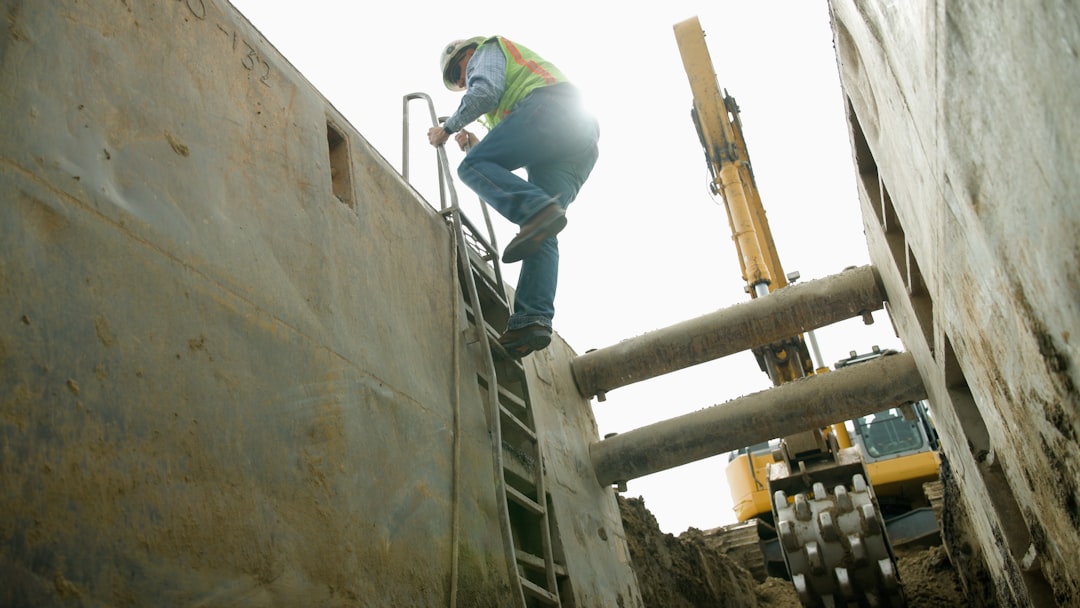
Homeowners who want a long-lasting, low-maintenance exterior are turning to cement fiber siding. At CountBricks, our AI-powered estimating platform and field-tested installation crews deliver a hassle-free experience from the first takeoff to the final inspection. This guide explains why cement fiber siding is a smart investment, how the CountBricks process works, and what to expect on installation day.
Cement fiber siding blends portland cement, cellulose fibers, and proprietary additives to create planks that mimic real wood yet resist moisture, insects, and fire. For New England’s freeze-thaw cycles or the Southwest’s scorching sun, it is the material of choice.
• Dimensional stability—planks stay straight in humidity swings
• Class A fire rating—peace of mind for safety-minded homeowners
• Impact resistance—hail, baseballs, and wind-blown debris are no match
• 30 + year manufacturer warranties—paired with CountBricks workmanship coverage
Our software converts your PDF plans or smartphone photos into precise square-footage, trim counts, and accessory tallies in minutes. Visit CountBricks.com/services to see the tool in action.
CountBricks pulls current regional pricing from supplier APIs every morning, ensuring the number you see in your proposal reflects today’s market—not last quarter’s.
The platform auto-builds a Gantt chart that aligns demolition, flashing, siding, and paint tasks with crew availability. Homeowners get a clear timeline; crews arrive with detailed work orders.
If the client decides on upgraded trim or a new color mid-project, CountBricks produces revised costs instantly—no waiting for back-office recalculations.
Multiple variables influence the final investment:
• Home size and layout complexity—gable ends, dormers, and bump-outs add labor
• Plank exposure width—wider exposures reduce material pieces but may impact aesthetics
• Trim package—PVC, engineered wood, or color-matched cement fiber boards
• Scaffolding or lift requirements—multi-story homes may need additional equipment
CountBricks presents each factor as a line item, so clients can adjust scope to fit their budget.
1. Remove existing cladding and inspect sheathing
2. Install weather-resistive barrier and flashing at all openings
3. Snap chalk lines to establish uniform plank heights
4. Fasten starter strips and first plank course
5. Stagger seams and maintain manufacturer-specified clearances
6. Apply color-matched caulking at joints
7. Finish with two coats of factory-approved paint when planks are primed only
• Use diamond-tipped blades to minimize edge chipping
• Drive fasteners flush—over-driving can compromise holding power
• Back-prime cut ends to lock out moisture
• Follow ventilation charts; attic moisture can telegraph through walls
Cement fiber siding is famously low-maintenance, yet annual checks extend its lifespan:
• Rinse dust and pollen with a garden hose—high-pressure washers are unnecessary
• Inspect caulked joints each spring and touch up if gaps appear
• Repaint at 12-15 year intervals for field-applied paint systems; factory finishes last longer
Transparent Pricing: AI estimates leave no room for hidden costs.
Speed: Voice-driven site walks feed directly into our takeoff engine, cutting days off bid cycles.
Quality Assurance: Each project includes a digital punch list and photo log stored in your CountBricks homeowner portal.
Warranty Confidence: We back manufacturer warranties with our own labor guarantee—one call to CountBricks covers it all.
Book a no-obligation consultation and receive a full cement fiber siding installation quote within 24 hours. Contact the team at CountBricks.com/consultation and discover how easy exterior remodeling can be.

When the Owen family purchased a 1940s bungalow in the Brookside neighborhood, faded cedar shingles and frequent painting bills topped their renovation list. They chose CountBricks to replace the cladding with pre-finished cement fiber siding in a classic “Evening Blue.”
• 1,840 sq ft of wall surface modeled in CountBricks AI takeoff—completed in under five minutes
• 12% material savings by optimizing plank exposure and trim dimensions before ordering
• 9-day onsite schedule, shortened by two days thanks to just-in-time deliveries arranged through our live supplier feeds
• Tight Lot Lines: Limited side-yard access required panelized scaffolding. CountBricks sequenced elevations to minimize setups and save labor hours.
• Asbestos Shingle Underlayer: Our estimator flagged potential hazardous material. A certified abatement crew was integrated into the Gantt chart, preventing costly delays.
• Color Consistency: To avoid batch variance, CountBricks reserved all planks from the same production run and tracked lot numbers in the homeowner portal.
The Owens gained a crisp, modern façade, shaved $400 per year off regular maintenance, and saw an estimated 86% ROI according to regional resale data tracked in the CountBricks dashboard. Most importantly, their project finished one day ahead of schedule and exactly on budget.
• Early detection of hidden hazards saves time and money
• Digital scheduling keeps crews and deliveries perfectly synced
• Transparent dashboards build client trust and reduce change-order disputes
Ready to see similar results on your home? View more success stories at CountBricks.com/portfolio or connect with our design consultants to start your cement fiber siding installation journey.